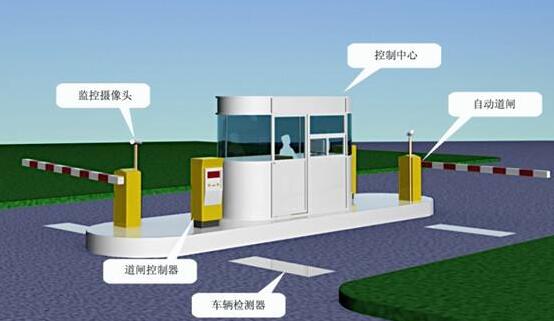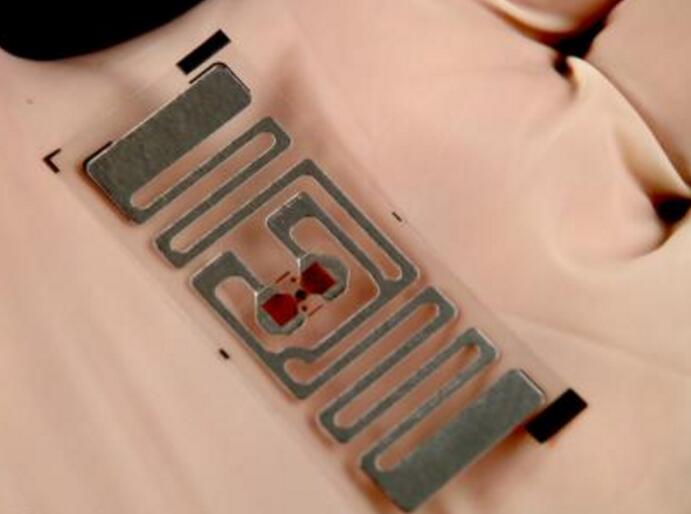|
The OP
Published on 2019-7-15 10:57
Only look at the author
This post is from RF/Wirelessly
Latest reply
Nice sharing.
Details
Published on 2019-7-15 14:07
| ||
|
|
||
|
alan000345
Currently offline
|
2
Published on 2019-7-15 14:07
Only look at the author
|
|
|
|
|
|
- 【Posts】Introduction to the operating environment and interface mode of RFID application system
- 【Posts】Suruid's new intelligent vehicle-mounted CANBUS data acquisition OBD interface transmission and power supply installation application method
- 【Posts】PCIe-SSD NVMe host controller, AMBA-AXI4-Stream interface, high-performance IP, introduction and manual
- 【Posts】【Information】NVMe host controller, AMBA-AXI4 interface, Xilinx FPGA, introduction and user manual
- 【Posts】The most detailed summary of embedded system knowledge and interface technology ever!
- 【Posts】On Double 11, are there any SSDs with SATA interface that I can buy?
- 【Posts】FAQ 1——IIC interface encryption chip debugging precautions
- 【Posts】Recommend a 24-bit ADC module (not a chip), preferably with the same pin definition as the attachment, 12 pins, SPI interface...
- 【Download】Introduces the interface between PIC microcontroller and touch screen - MODBUS programming method
- 【Download】A detailed introduction to CF card, including its transmission method, control commands, and interface description
- 【Download】Three ways to seamlessly integrate MATLAB with application systems
- 【Download】Introduction to RFID Radio Frequency Identification Technology
- 【Download】5_5 Common interfaces and principles_SPI I2C UART 8080 6800 sram sdram
- 【Download】Hardware Design of DMA Storage Mode of PCIE Interface
- 【Download】MIPI Interface Introduction
- 【Download】Video Interface Introduction
- 【Design】Using MAX15005 for power supply and driving of LED application systems
- 【Design】ardEEG: Low-cost brain-computer interface supporting 8-channel EEG, EMG and ECG biosignal measurements
- 【Design】DI-88 - PoE Detection and Classification (Class 0-3) Interface Circuit
- 【Design】DI-70 - PoE Detection and Classification (Class 0) Interface Circuit
- 【Design】CH334-USB interface expansion module
- 【Design】[Verified] Makita interface power tool lithium battery protection board (based on BM3451)
- 【Circuits】External power interface circuit for digital temperature sensor
- 【Circuits】Double buffer synchronization interface composed of DAC0832 and 8031 ??microcontroller
- 【Circuits】Single buffer synchronization interface composed of DAC0832 and 8031 ??microcontroller
- 【Circuits】Switching interface circuit in timing query mode
- 【Circuits】Schematic diagram of MCU SPI interface circuit
- 【Circuits】CYWUSB6932 GFSK 2.4 GHz Wireless USB Interface Transmitter
- 【Articles】Introduction to software technology and methods to improve the reliability of single-chip microcomputer application systems
- 【Articles】DVI interface application system based on TFP401A
- 【Articles】What are the important interfaces of human-computer interaction? What are the five types of human-computer interaction?
- 【Articles】Ruihan Medical Wang Jing: Taking stock of the mainstream methods of brain-computer interface collection
- 【Articles】Teach you how to use a GPIO digital interface to measure temperature in a simple way
- 【Articles】Design of M8051 Embedded Debugger Based on USB Interface and Implemented in SOPC Mode
-
Introduction to wiring arrangement between printed circuit board components
(1)CrossingcircuitsarenotallowedinprintedcircuitsThatis,letalead"drill"throughthegapunderotherresistors,capacitors,andtransistors,or"wind"throughoneendofaleadthatmaycrossIntroductiontowiringarrangementbetweenprintedcircuitboardcomponents(2) ...
-
Wireless Radio Frequency Identification Technology-RFID Theory and Application
WirelessRadioFrequencyIdentificationTechnology-RFIDTheoryandApplication
-
OPEN SCOFIELD WINTER WARDROBE
[img]https://wwwnet/images/2024/11/14/1f9dff95d3bc981f8img][img]https://wwwnet/images/2024/11/14/2a81ca07f0c52991bimg]
- Newbie Report Newbie Report
- How to use CAN communication to control the inverter?
- Some questions about starting xenon lamps
- FPGA design ideas finite state machine
- Problems with capacitors in snubber circuits
- [Topmicro Intelligent Display Module Review] 2. Power-on test
- Pingtouge Bluetooth Mesh Gateway Development Kit Trial Experience --- Mesh switch controls Mesh lights
EEWorld Datasheet Technical Support
-
Qualcomm launches its first RISC-V architecture programmable connectivity module QCC74xM, supporting Wi-Fi 6 and other protocols
On November 14, Qualcomm announced the launch of two connectivity modules, QCC74xM and QCC730M, f
-
It is reported that memory manufacturers are considering using flux-free bonding for HBM4 to further reduce the gap between layers
On November 14, according to Korean media ETNews, Samsung Electronics, SK Hynix, and Micron are a
-
ON Semiconductor CEO Appears at Munich Electronica Show and Launches Treo Platform
During Electronica, ON Semiconductor CEO Hassane El-Khoury was interviewed by Power Electronics N
- AMD launches second-generation Versal Premium series: FPGA industry's first to support CXL 3.1 and PCIe Gen 6
- SEMI: Global silicon wafer shipment area increased by 6.8% year-on-year and 5.9% month-on-month in 2024Q3
- TSMC's 5nm and 3nm supply reaches "100% utilization" showing its dominance in the market
- LG Display successfully develops world's first stretchable display that can be expanded by 50%
- Seizing the Opportunities in the Chinese Application Market: NI's Challenges and Answers
- New diaphragm-free solid-state lithium battery technology is launched: the distance between the positive and negative electrodes is less than 0.000001 meters
- Photoresist giant JSR Korea EUV MOR photoresist production base started construction, expected to be put into production in 2026
- Problems with STM32 and passive buzzer playing sound
- Embedded Tutorial_DSP Technology_DSP Experiment Box Operation Tutorial: 2-28 Building a Lightweight WEB Server Experiment
- OPA847IDBVR op amp domestic replacement
- AG32VF407 Test UART
- [Digi-Key Follow Me Issue 2] Chapter 1: Sharing on receiving the goods
- What model is this infrared receiver? Which model can be used instead? Thank you
- Selling brand new unopened ZYNQ 7Z020 FPGA core board
- The LORA module used in the lithium battery-powered water meter setting can save energy when 100 water meters are installed in one corridor.
- I would like to ask, when a port is set to RX0, is it necessary to set the input and output direction of this port?
- Why is this year so difficult? It’s even more difficult than during the pandemic. I’m 30 and facing unemployment. I’m so confused.
- Ask about the voltage regulator test question
- [Xiaohua HC32F448 Review] About Xiaohua Semiconductor's UART interrupt sending and PRINTF construction and redirection
- 【BIGTREETECH PI development board】 HDMI output test
- 【BIGTREETECH PI development board】+08. Audio test (zmj)
- [Xiaohua HC32F448 Review] +RTC electronic clock
- # STM32H7S78-DK Development Kit Three-week Review: Implementation and Analysis of Simple Sound Collection and Storage Using SD Card Reading and Writing
- [STM32H7R/S] Review⑧ nano edge ai studio training a model--Part 1
- [2024 DigiKey Creative Competition] A "fortune-telling" artifact based on Raspberry Pi
- New energy vehicle on-board AC slow charging and maintenance
- Embedded Engineer AI Challenge Camp (Advanced): Deploy InsightFace algorithm on RV1106 for real-time face recognition of multiple people
- I want to make a self-driving car. I saw one on Bilibili that costs 300 yuan. I am hesitant.
- [K230 Embedded AI Development Board Review] + License Plate Recognition and Billing Management
- How to deploy LVGL free graphics library on low-cost ARM platform, based on Allwinner T113-i
- Please help me analyze the reasons why EMI fails.
- ChatTTS is really awesome!






 提升卡
提升卡 变色卡
变色卡 千斤顶
千斤顶 Nice sharing.
Nice sharing.